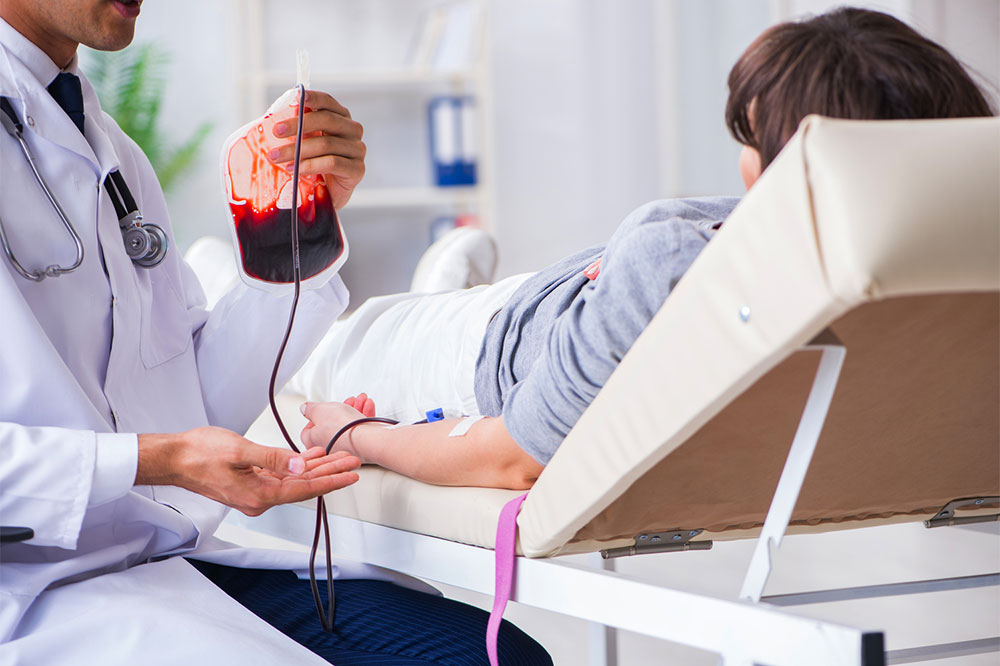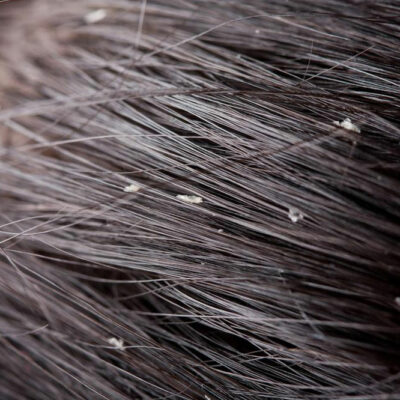
Symptoms and Types of Anemia
A lack of oxygen supply to organs in the body can indicate anemia. Red blood cells are responsible for carrying oxygen throughout the body, and hemoglobin is the protein molecule responsible for this. If a person has anemia, insufficient red blood cells lead to low hemoglobin levels that prevent the supply of sufficient oxygen for the organs to function properly.
The main types of anemia vary in severity and range from short-term to long-term. They can lead to life-threatening complications if not diagnosed at the earliest. The common types of anemia are:
- Autoimmune hemolytic anemia
This rare type of anemia is a condition wherein the immune system attacking the red blood cells restricts the formation of new ones. If a person is taking medicines like quinine, methyldopa, or penicillin, they are at a high risk of developing this type of anemia. - Aplastic or hypoplastic anemia
It’s the case of a blood deficiency that begins in the bone marrow, where the injured stem cells fail to make new blood cells. While this condition is temporary, it can be inherited or developed later in life due to other complications. One can also develop hepatitis, HIV, and Epstein-Barr virus infection that can aggravate this disorder. Patients who receive chemotherapy and radiation therapy are most susceptible to this disease. - Pernicious anemia
This is a common type of anemia that develops when the body cannot produce red blood cells sufficient to transfer oxygen throughout the body. The body cannot absorb enough vitamin B12 from food, which is essential for producing these cells that aid sufficient oxygen production. - Hemolytic anemia
One of the main types of anemia, this develops when the red blood cells die prematurely, and the body is unable to replace the damaged cells. A person develops this serious condition when their immune system destroys healthy blood cells, but it might also be caused by genes that regulate the red blood cells. - Congenital dyserythropoietic anemia
An inherited blood disorder, this type of anemia destroys the healthy red blood cells. Those who develop this blood disease often require blood transfusion or stem cell transplant, but the treatment method depends on the severity of the infection and the stage of the disease. - Sickle cell anemia
Another one among the main types of anemia, this blood disorder is inherited and characterized by a deficiency of healthy red blood cells. Gene mutation affects the hemoglobin in the blood cells that carry oxygen to different organs in the body, and this mutation leads to a defective type of hemoglobin that is stiff and sticky. This blocks blood flow in the blood vessels of various organs and leads to severe pain and other serious complications. - Vegetarian or vegan anemia
This blood cells’ deficiency develops in individuals who are pure vegetarians and don’t get sufficient iron supply since they don’t eat meat or seafood. However, studies show that enough protein can be supplied to the body from plant-based food as well.


